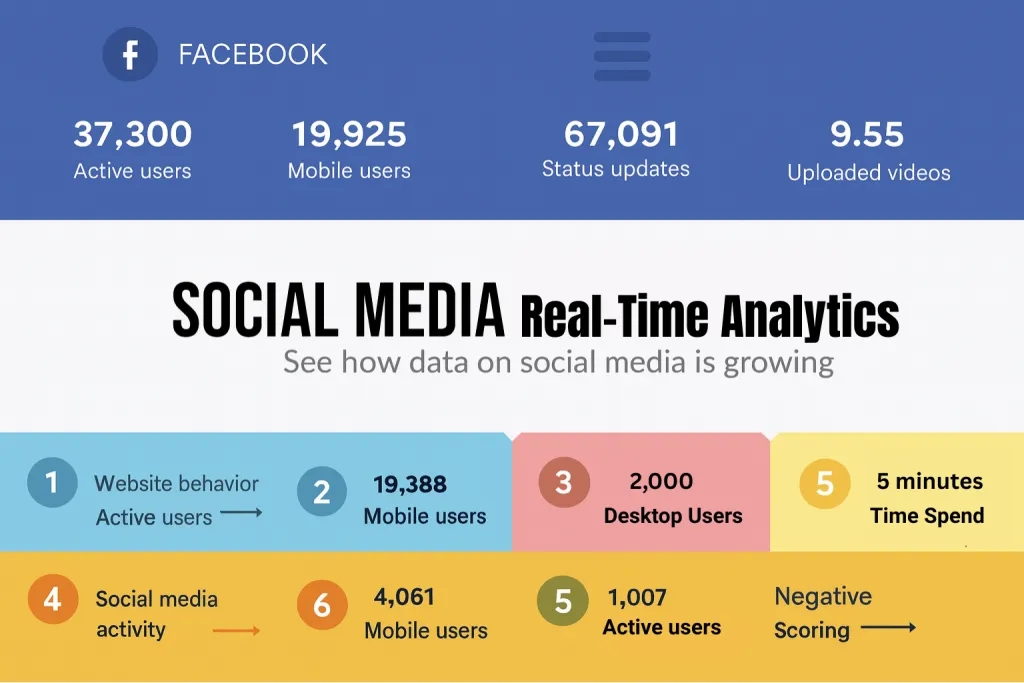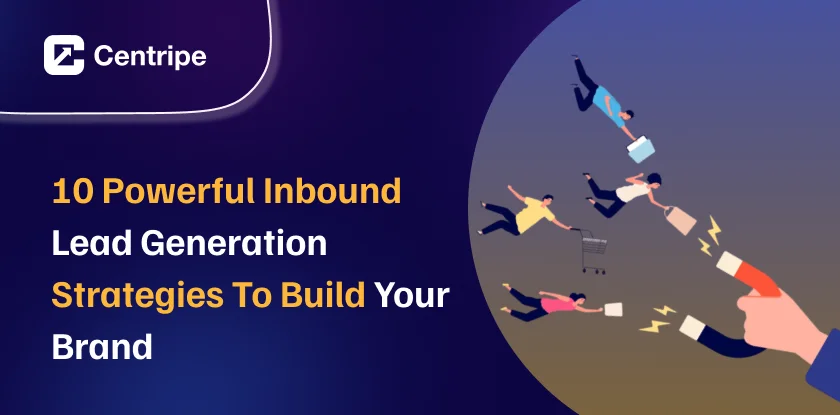What if tomorrow your ads stopped working?
No paid promotions.
Would you still get more leads? Or will your sales fall?
If you want steady growth, then….
Inbound lead generation will help your business grow without relying on ads. It’s about attracting the right customers by solving their problems first. By using valuable content and sharing helpful resources.
And it works…. Companies that focus on inbound, generate 54% more leads than those using traditional methods.
So, let’s get to those proven strategies and attract leads, without shouting or spamming.
What Is Inbound Lead Generation?

Inbound lead generation means helping the right people find your business when they’re already searching for a solution. Instead of cold calls or spam, you draw people in with useful content.
For example, if someone asks a question on Google, and your content provides them with the answer, they will come to you first. That’s inbound lead generation.
In short, attracting people by providing them with useful information when they need it naturally pulls people to you.
How Inbound Lead Generation Works In 4 Easy Steps To Grow Your Business?
Stage 1: Attract
First and a very basic step, ‘attract leads’. People can’t become leads if they don’t know you exist. That’s why the first step is all about ‘visibility’.
You need to show up where your buyers are looking. This means creating helpful content that answers their real questions.
The foundation starts here:
- Be active on platforms like LinkedIn.
- Build a simple tool or a calculator that helps solve problems fast.
- Share smart ideas that make people say, ‘This guy gets it.’
Stage 2: Engage
Now that you’ve got their attention, the trick is to keep it. That’s where most companies struggle. To hold interest, keep adding value, such as:
- Automate follow-ups that feel personal.
- Host webinars people actually want to attend.
- Create an email sequence that feels friendly and personal.
Stage 3: Convert
At this step, your goal becomes simple: turn interested people into customers. If people are engaging with your content but aren’t buying or signing up, make it easier for them. Remove complicated steps. Make your offers more appealing
- Use a clear landing page.
- Score leads by real buying interest.
- Offer solutions that meet their needs.
Stage 4: Delight
Most people stop at conversion, but here’s the truth, the best source of inbound lead generation is your current customers.
If you make their experience amazing, they’ll not only stick around, but they’ll also bring others with them. That is the free marketing you can’t buy. So keep delivering value, even after the sale.
10 Proven Inbound Lead Generation Strategies
1. Webinar Marketing:
This strategy involves hosting live online sessions that teach viewers something valuable and convert them into leads.

Why it works:
If someone takes the time to watch a 30-45 minute session, they are interested and serious about the problem you are solving. It is said that these leads are 2-3x more likely to buy than those who just read a blog or download a guide.
Webinar Success Formula:
- Select those topics that address real and urgent problems.
- Collaborate with brands or influencers who your target customer believes.
- Use that webinar as a lead magnet, short video, or blog post.
2. SEO Lead Generation:
This strategy involves optimizing your content so people can find it on Google.
If you can’t find your content on Google, it won’t bring you any leads. This is where SEO lead generation helps. By using the advanced strategies:
- Targeting long-tail keywords
- Adding clear headings
- writing alt text for images
- linking to helpful sites
3. Content Marketing
Content Marketing is the heart of inbound lead generation, but most content fails because it’s too generic. This strategy is about sharing helpful yet different types of content. Such as blogs, videos, or tools that answer your customers’ questions.

Why it works: People don’t want a sales pitch; they want answers. When you help them, they trust you and bring in leads when they’re ready to take action.
4. Social Media Strategies:
This strategy uses social platforms to connect with your ideal customers and earn their trust over time.
Why it works:
Even in b2b, people spend time on social media. If you show up with the right message, you stay top of mind.
Platform-Specific Approaches:
- LinkedIn: Share helpful tips, not just company updates. Go live. Get your team involved.
- Twitter/X: Jump into industry conversations. Share quick wins. Use hashtags that actually matter.
- YouTube: Tutorial videos, product demos, and expert interviews as videos built trust fast.
5. Industry-specific Landing Pages:
Your landing page is where your visitors decide if they want to stay or leave. Even a few differences here can raise the number of action takers by twice.
Why it works:
It is a simple, focused page where you give something valuable to your visitors like a free guide, tool, or demo in exchange for their contact information.
6. Interactive Content:
This strategy involves creating helpful content that people can click, play with, or personalize, making it engaging for everyone.
Why it works:
Interactive content works because people remember things when they do them, not just when they read. It grabs attention, offers instant value, and often gets shared more.
7. Guest Posting:
Guest posting means writing articles for other trusted websites in your field. When your article gets published there, you reach new people who already trust that site. It’s like borrowing someone else’s credibility.
Why it works:
- You get seen by a new, ready-to-listen audience without spending on ads.
- Linking from these websites helps your website show up higher on Google.
8. Website design and layout:
Your website is your brand’s first impression. It is where people come to learn about you, so make sure your design and message show who you are.
- Use your brand’s colors to make your website look attractive
- Add strong images to support your message
- Keep the text clear and easy to read
9. Monitor social media activities:

By monitoring social media activities, you can track what people are saying about your brand, product, or industry.
Listen to what your customers are asking, liking, or complaining about, and respond with helpful content that fits their needs.
Around 18% of B2B and 25% of B2C marketers say social media brings in more leads than PPC or SEO. Hence, we can say media monitoring helps you get better leads and keeps your marketing and sales team on the same page.
10. Customer Advocacy and Referral Programs:
This strategy involves turning happy customers into your best promoters. But don’t just wait for them to share, give them a good reason to do it.
Why it works:
People trust reviews from real users more than ads. A good referral is what feels personal and comes from a trusted person. Referred leads close faster and stay longer.
How to make this strategy work:
- Referral incentives that customers actually care about.
- It should be extremely convenient to refer to someone.
- Share customer stories and testimonials.
- Conduct campaigns with user-generated content.
Conclusion
To be honest, people won’t give you their information just because you asked them nicely.
Today, buyers are smart, and therefore, you need smart strategies.
With the above inbound strategies, you are giving people reason to stick, trust, and convert.
Inbound works if you use it in the right way. So, next time when someone lands on your site…. Give them reason to subscribe, share, and maybe even become your next best customers.
